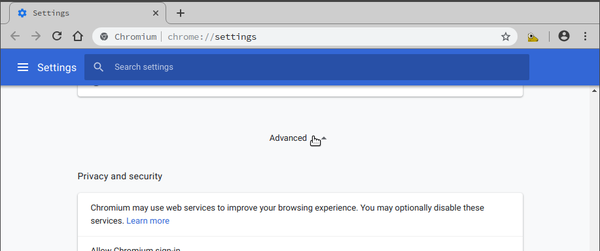How to access HTTP proxy
At Mudfish, each mudfish nodes are enabled to support HTTP(S) proxy service. At this moment, Mudfish provides the following HTTP proxy service as follows:
-
HTTP proxy
This service uses plain HTTP protocol. So depending on your requests, some requests could be not encrypted.
- TCP Port 18080
-
HTTPS proxy
This service uses SSL connection to encrypt your HTTP requests. This service could be helpful to bypass the inspection of web traffics.
- TCP Port 18082
-
HTTP (sslbump) proxy
This service could be call as "Mudfish-in-the-middle". It performs decryption and encryption of CONNECT method and transparently redirects SSL traffic using Mudfish root certificate.
This method could be used to accelerate the gaming experience for example, Granblue Frantasy.
- TCP Port 18083
Get Public IPv4 address of mudfish nodes
You need to know the public IP or hostname if you want to set HTTP proxy service manually.
To get the public IP of hostname of mudfish nodes, you can visit the one of following links:
-
https://mudfish.net/api/staticnodes
JSON output
-
https://mudfish.net/server/status
HTML output
For example
HTTP proxy is open publicly only with basic authentication based on Mudfish ID / password. An example is as follows:
-
Visits https://mudfish.net/server/status and checks 'US East (Miami - QudraNet)' name. Its public IP is 155.94.209.102.

-
So you can set HTTP proxy setting with accessing IPv4 155.94.209.102 and TCP 18080 port.
If you want to use other HTTP proxy service, you can use TCP 18082 or TCP 18083 ports.
If you're not familiar with changing the proxy setting for your browser, please check Google Chrome Proxy Settings link for Chrome.
Google Chrome


Firefox

Internet Explorer
